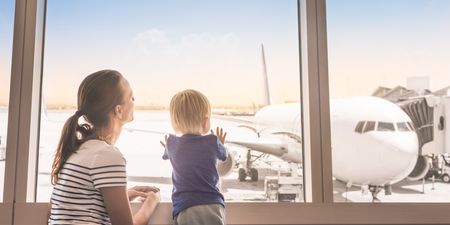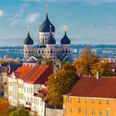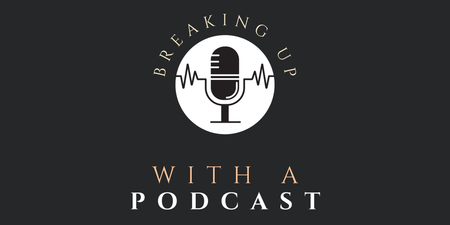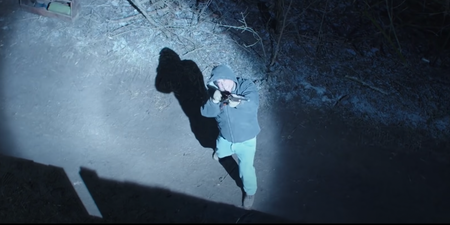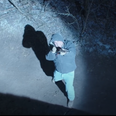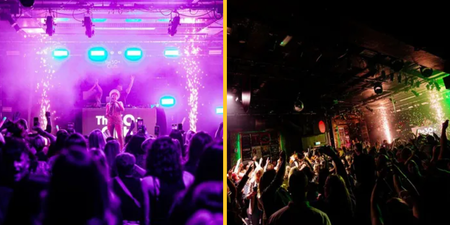This week I traded in the gun-toting, Bible-beating atmosphere of Eastern Tennessee for the almost aggressively progressive atmosphere of Asheville, North Carolina.
The Confederate-flag window hangings of Gatlinburg were replaced by Fair Trade stickers and signs announcing that establishments welcomed people from all walks of life regardless of sexuality, ethnic background or immigration status.
That being said, there is no escape from certain attitudes in this part of the world. One taxi driver emphatically told me about his support for Donald Trump’s apparent plan to bomb North Korea (remember that news cycle seven billion years ago last week?) The same Trump voter told me he was envious of the socialised healthcare available in many European countries. I thought about telling him that voting Republican is a weird way to try to achieve that policy goal but in the end I thought better of it.
Asheville as a whole, however, puts forward an incredibly liberal front — kind of like a bigger version of Dublin’s St. George’s Arcade. There are bookshops, libraries, craft beer breweries. People that would fairly be described as “hippies” sit around on street corners barefoot playing banjos and stores are stocked with Himalayan incense and craftwork. It reminds me of home, somehow.
The city’s nature was brought home to me on Sunday evening when I unintentionally stumbled upon an anti-racism demonstration in the heart of the city.
At the foot of a monument to Confederate leader Robert E. Lee, people of all ages and backgrounds had gathered to protest the events that had happened in Charlottesville, Virginia just a week prior — where a woman was killed as the result of white supremacist violence.

What struck me about this demonstration is that it, unlike in Charlottesville, was not really a counter-protest. No white supremacists were on the scene, though police surrounding the demonstration appeared prepared for things to get out of hand. They did not — something of a blow to President Donald Trump’s claim that there is an equal amount of violence and hatred on both sides of this contentious issue.
Asheville is also home to the best fish and chips I’ve had since moving stateside. Despite living in New York for a year, I struggled to come upon a single establishment that could legitimately call itself a chipper (and yes, some of them do try — don’t be fooled). However, Jack Of The Woods in Asheville served up cod and chips that do any coastal chipper in Ireland proud. Though maybe my brain is just addled from how long I’ve spent away from my beloved Coletti’s.
After leaving Asheville I spent a few days hanging out on the shore of Lake Junaluska — described to me by one inhabitant as “the Methodist capital of the world.” I don’t know if that’s an official designation, but there was some kind of Bible fair happening there the week that I stayed, and the place gave off a permanent Bible fair kind of vibe. Like they were pretty much prepared for a Bible fair to break out at any given moment. The house next door to mine had a sign in the yard that said “Bishop’s Retreat,” and I don’t think it’s because Bishop was the last name of the family living there.
It was exciting to get a glimpse of natural, American small-town beauty — and it was a privilege to stay in the Appalachian mountains by an enormous body of water. Kayaking and paddle-boarding across the lake was an immensely satisfying experience after spending so long closed in by New York’s skyscrapers, and the heavens opening up on us really only made the experience sweeter. I fell into the lake several times.

Afterwards, I moved on to Columbia, the capital city of South Carolina. It was at this point that I started to recognise a pattern in American cities totally unrelatable to someone who has only really spent time in European cities. Parts of the city are separated by miles of highways. The Irish equivalent would be if we all pretended that Ballymun and Tallaght were both part of Dublin City Centre, and that one had to drive many miles to get from “uptown” to “downtown.” That’s how cities seem to work here.
Columbia is a city that’s particularly proud of its history. Every street around the State House is marked with signs telling stories of what happened on the land — whether it be a battle or a visit from George Washington. On the side of the road is a canon that helped start the Spanish American war, fair play to it.
It’s a particularly poignant place to be at the moment as America remains mired in a debate over what to do about monuments commemorating Confederate history. Surrounding South Carolina’s State House are monuments to Confederate leaders like Robert E. Lee and Jefferson Davis. Highways are named after men who fought on the pro-slavery side of the Civil War. One walk through Columbia is enough to make one wonder about what effect lionising the legacy of these men has had on the culture of states like South Carolina. Much like in Tennessee, I get the sense that the Confederacy is not something that everyone in these cities thinks of as truly over.



Present-day Columbia is a nice place to be. It has weekend markets, it has stores the purpose of which is sell you things from bygone eras, it has a cinema called “The Nickelodeon” that looks like something out of the 1960s. It has a bar called “The Whig” — after the old and extinct political party. It’s a lot like travelling back in time which, judging by the monuments that stand throughout the city, might be exactly the point.

LISTEN: You Must Be Jokin’ with Aideen McQueen – Faith healers, Coolock craic and Gigging as Gaeilge






